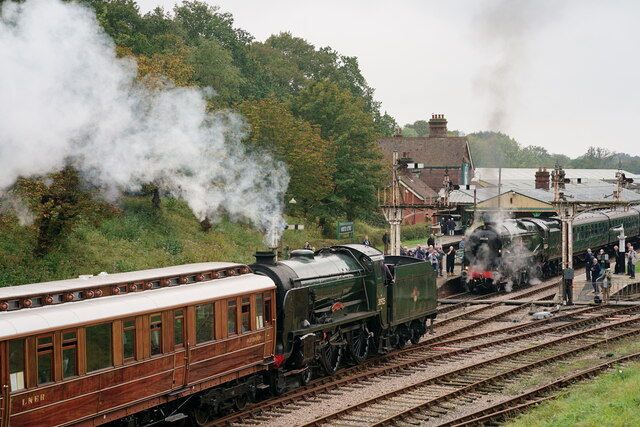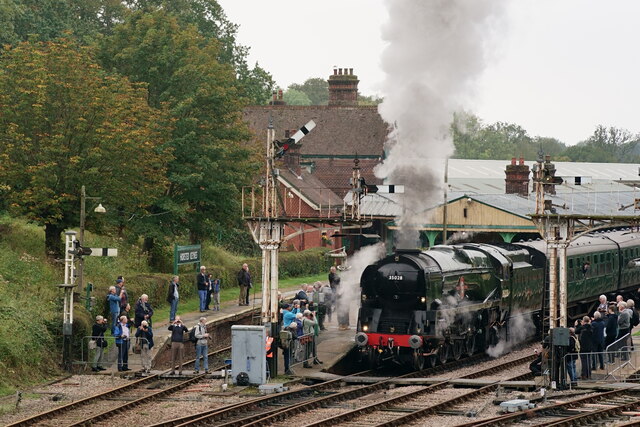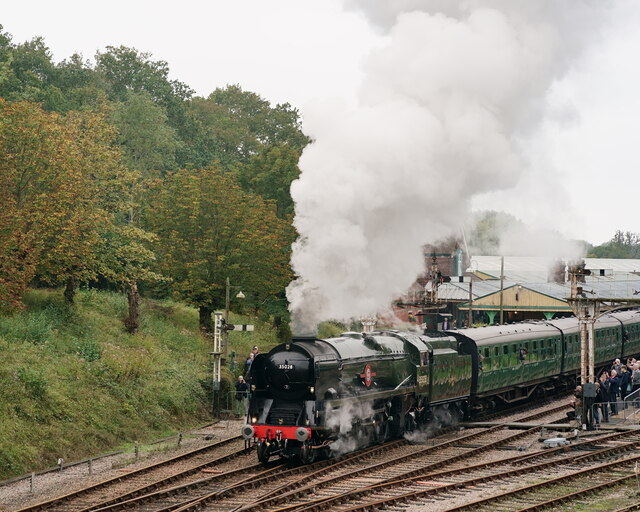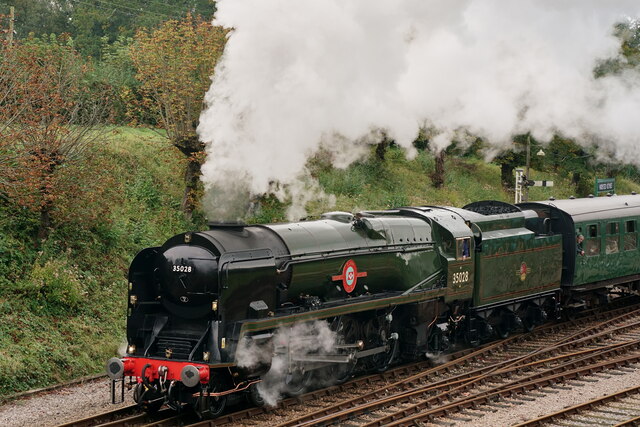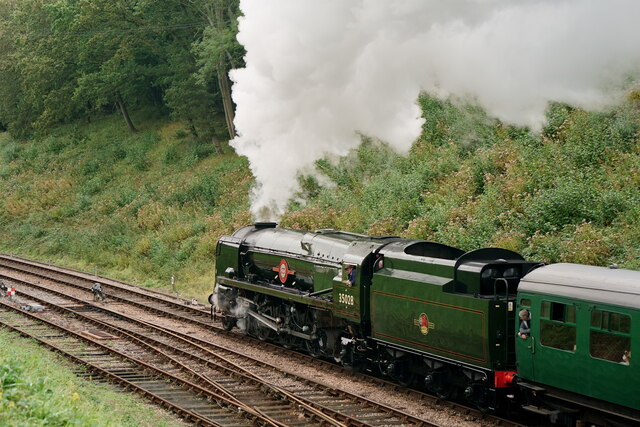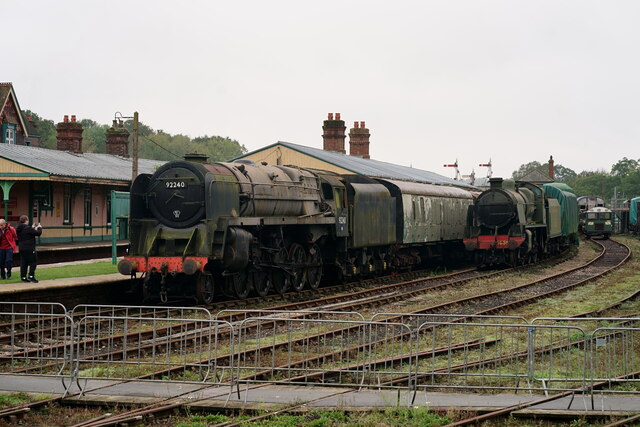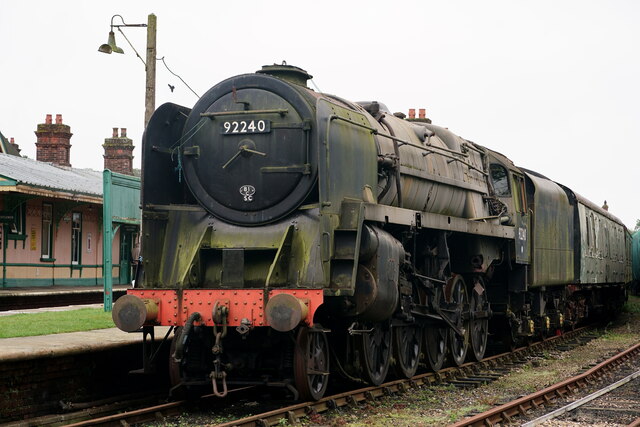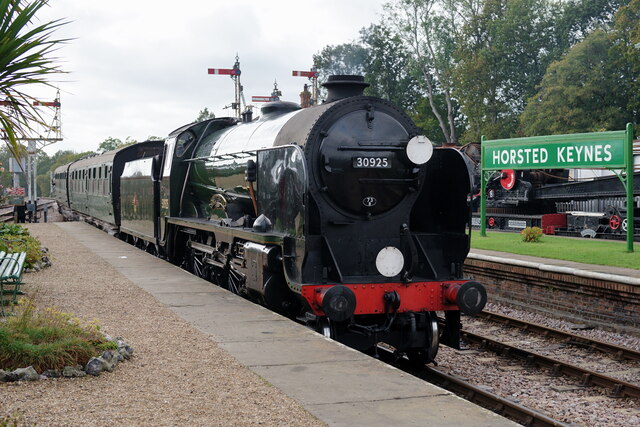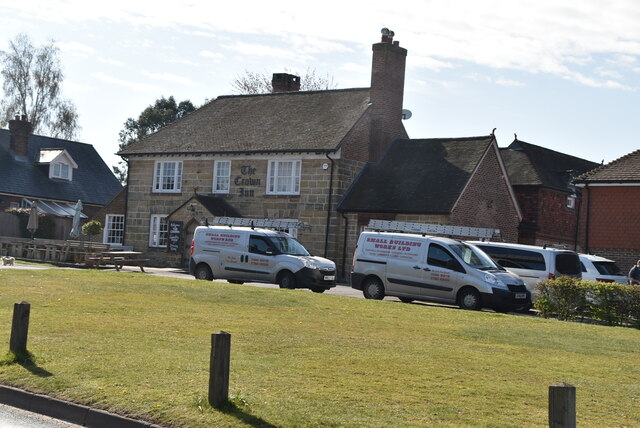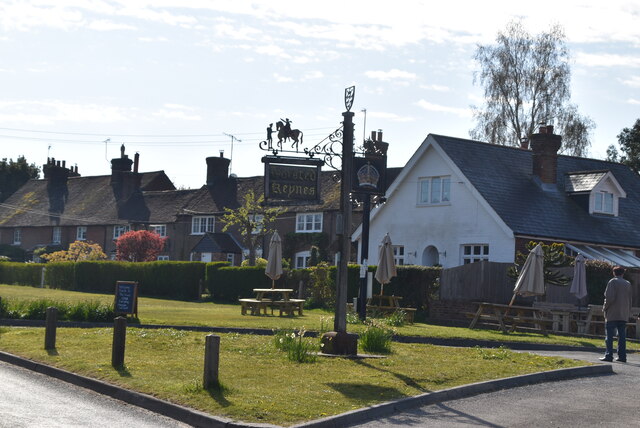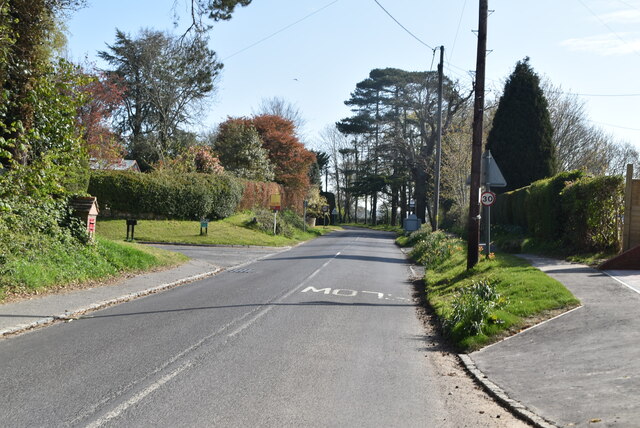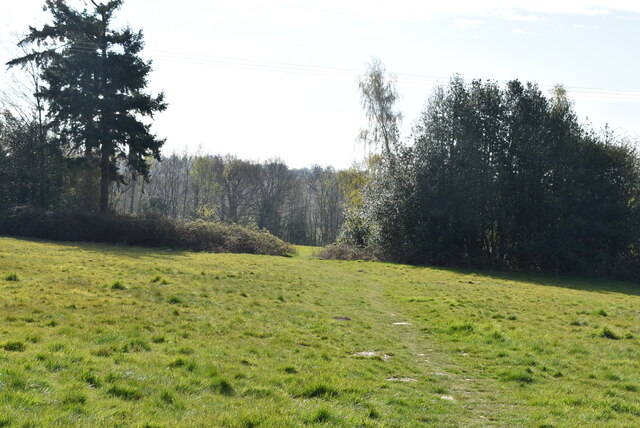Parson's Wood
Wood, Forest in Sussex Mid Sussex
England
Parson's Wood
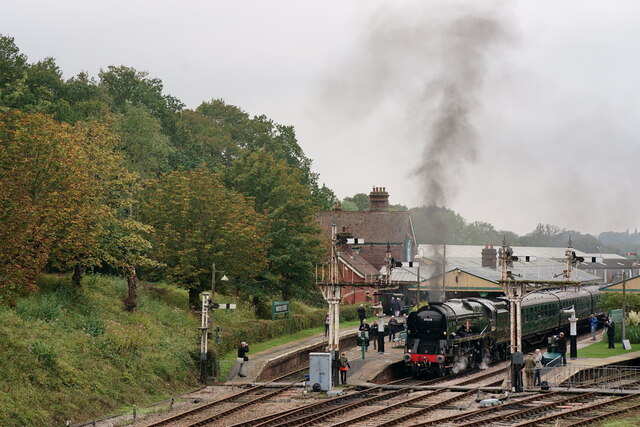
Parson's Wood, located in Sussex, England, is a picturesque forest that encompasses an area of approximately 500 acres. Known for its natural beauty and diverse ecosystem, it attracts nature enthusiasts, hikers, and birdwatchers from far and wide.
The wood is predominantly made up of broadleaf trees, including oak, beech, and ash, which create a lush canopy overhead, providing shade and shelter for numerous species of flora and fauna. Visitors can meander through the well-maintained trails that wind their way through the wood, immersing themselves in the tranquil surroundings.
One of the notable features of Parson's Wood is its rich wildlife. The forest is home to a variety of bird species, such as great spotted woodpeckers, tawny owls, and song thrushes, making it a popular spot for birdwatching enthusiasts. Additionally, the wood is inhabited by small mammals like rabbits, squirrels, and foxes, as well as numerous insects and reptiles.
Aside from its natural beauty, Parson's Wood also holds historical significance. It is believed that the wood was once part of an ancient hunting ground used by local nobility. Ruins of old structures, such as a medieval deer park boundary, can still be found within the wood, providing a glimpse into its past.
Overall, Parson's Wood offers a serene and immersive experience for those seeking a tranquil escape into nature. With its stunning landscapes, diverse wildlife, and historical remnants, this forest in Sussex is a true gem for nature lovers.
If you have any feedback on the listing, please let us know in the comments section below.
Parson's Wood Images
Images are sourced within 2km of 51.035045/-0.0408511 or Grid Reference TQ3728. Thanks to Geograph Open Source API. All images are credited.
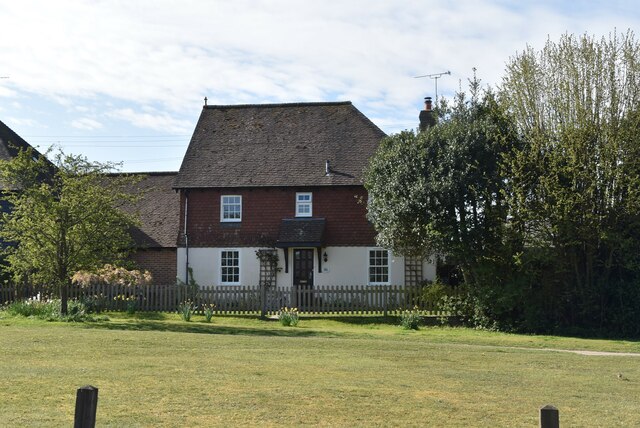
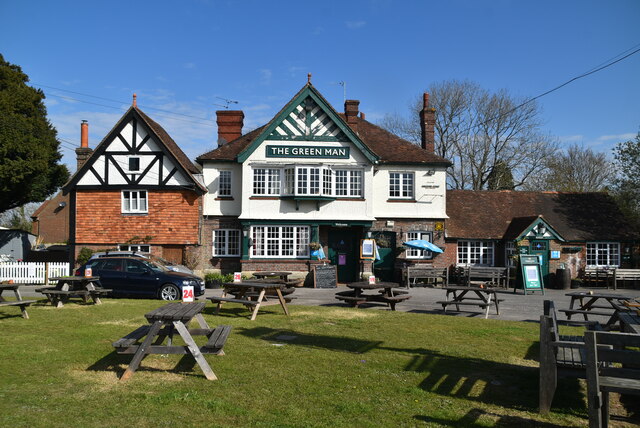
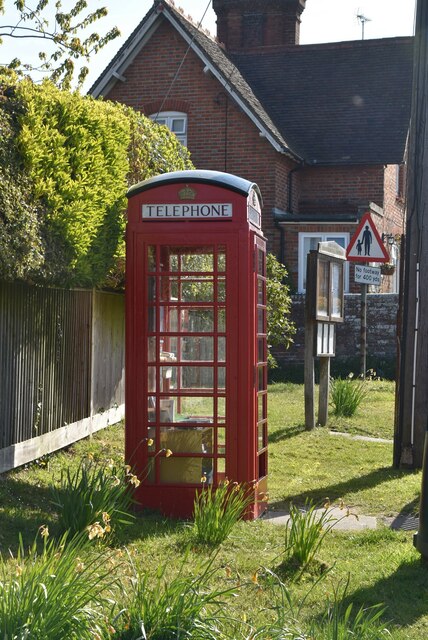
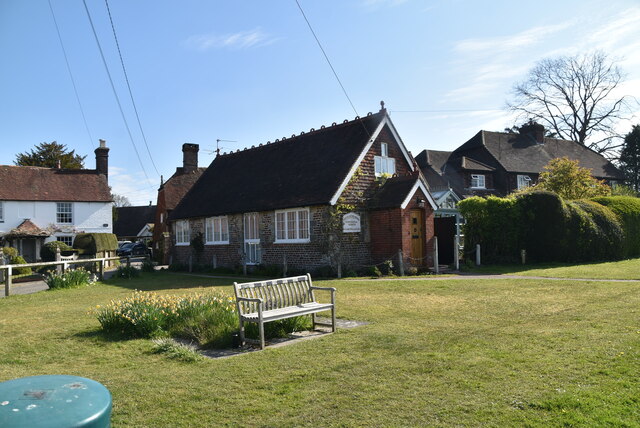
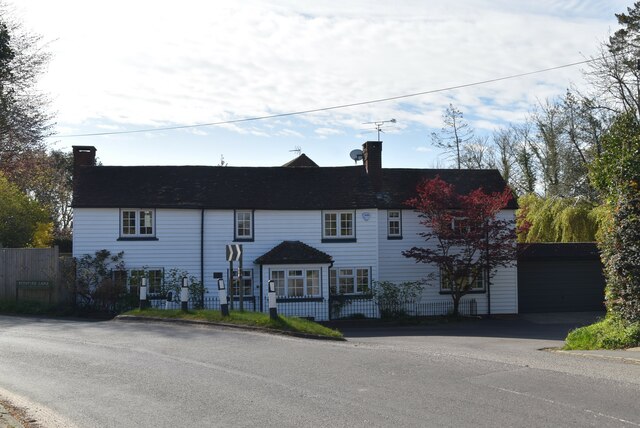
Parson's Wood is located at Grid Ref: TQ3728 (Lat: 51.035045, Lng: -0.0408511)
Administrative County: West Sussex
District: Mid Sussex
Police Authority: Sussex
What 3 Words
///blubber.trailers.array. Near Horsted Keynes, West Sussex
Nearby Locations
Related Wikis
Bluebell Railway
The Bluebell Railway is an 11 mi (17.7 km) heritage line almost entirely in West Sussex in England, except for Sheffield Park which is in East Sussex....
Lindfield & High Weald (electoral division)
Lindfield & High Weald is an electoral division of West Sussex in the United Kingdom, and returns one member to sit on West Sussex County Council. ��2...
Horsted Keynes
Horsted Keynes KAYNZ is a village and civil parish in the Mid Sussex District of West Sussex, England. The village is about 5 miles (8 km) north east...
St Giles' Church, Horsted Keynes
St Giles' Church is an Anglican church in the village of Horsted Keynes in Mid Sussex, one of seven local government districts in the English county of...
Horsted Keynes railway station
Horsted Keynes railway station is a preserved railway station on the Bluebell Railway in Sussex. The station has been used as a shooting location in several...
Freshfield Lane
Freshfield Lane is a 17-hectare (42-acre) geological Site of Special Scientific Interest east of Haywards Heath in West Sussex. It is a Geological Conservation...
All Saints Church, Highbrook
All Saints Church is an Anglican church in the hamlet of Highbrook in Mid Sussex, one of seven local government districts in the English county of West...
Forest Way
The Forest Way is a linear Country park providing walking, cycling, horse riding and the quiet enjoyment of the countryside. It runs for around 16 km...
Nearby Amenities
Located within 500m of 51.035045,-0.0408511Have you been to Parson's Wood?
Leave your review of Parson's Wood below (or comments, questions and feedback).
